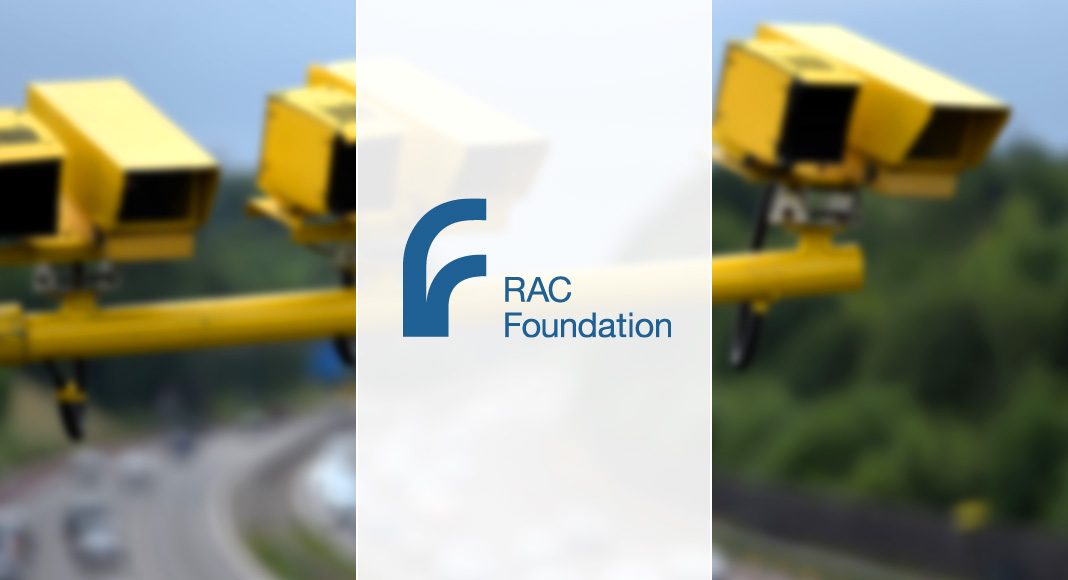More than 250 miles of roads in Great Britain are now being regularly monitored by average speed cameras.
Research for the RAC Foundation by Road Safety Analysis identified at least 50 stretches of road which are permanently managed by the cameras with a total length of 256 miles under observation.
Average speed cameras are also often used on a temporary basis to manage traffic through roadworks but these were not included in this study.
The 50 stretches range in length from just a quarter of a mile over Tower Bridge in London to 99 miles on the A9 between Dunblane and Inverness in Scotland.
Many of these stretches of road are broken down into subsections (79 in total) and are monitored by several sets of cameras.
The first stretch of road to become permanently managed by average speed cameras was on the A6514 Ring Road in Nottingham back in 2000.
By the end of 2015 it totalled 50, with 12 systems installed last year alone.
The next part of the work Road Safety Analysis is carrying out for the RAC Foundation will include an assessment of the cameras’ effectiveness in terms of reducing casualties by comparing pre-installation data with post installation data.
Steve Gooding, director of the RAC Foundation, said:
“Average speed cameras are becoming a more common fixture on Britain’s roads.”
“Unsurprisingly, the indications are that compliance with the speed limit through stretches of road managed by average speed cameras is high, but the acid test is whether accident and casualty rates have also fallen. That is what the next part of this research project should tell us.
“Rightly or wrongly many motorists perceive the current ‘spot’ speed cameras to be more about raising revenue for the Treasury than saving lives, but average speed cameras have greater potential to bring drivers on side. Clearly a high compliance rate means a very low penalty rate and hence both road safety and drivers wallets could benefit from greater use of these systems in appropriate places.”



















